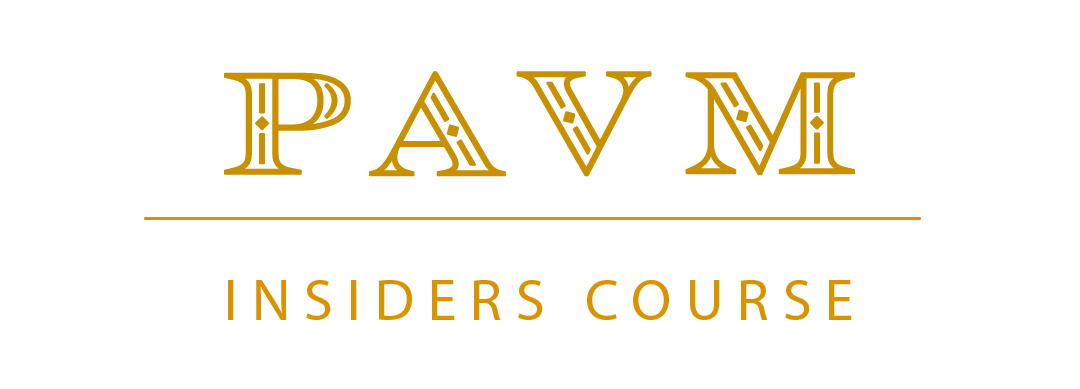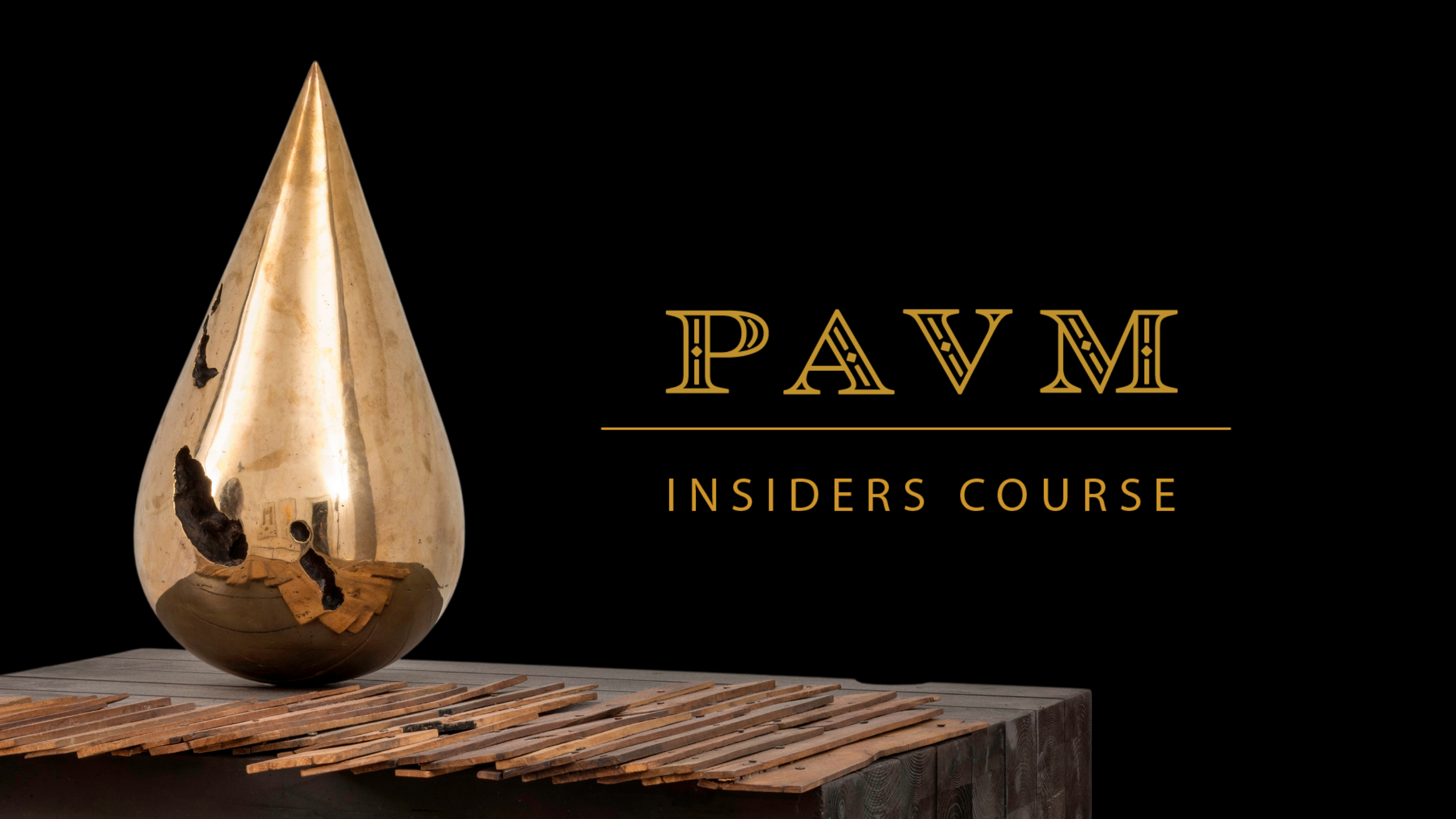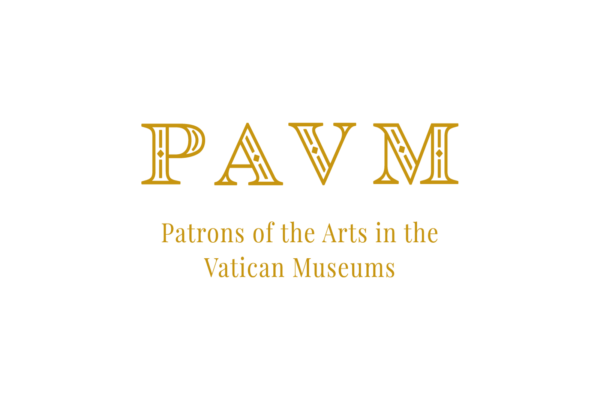Dear Patrons and Friends,
Since we launched our Wishbook 2021 we have been focusing on the projects that still need funding, in doing that we always like to stress the fact that your support does not only serves the cause of the restoration process itself but also contributes to the development of new restoration techiniques that will help the work of restorers worldwide.
Today we will bring you into the restoration laboratory of the Anima Mundi Ethnological Museum, so dear to Pope Francis, and we will show you how the restorers guided by Dr Stefania Pandozy created an innovative and important way to restore the organic material of many of the collection’s artifacts.
What is the secret to cleaning centuries of dirt from a cape made from thousands of feathers like the feater headdress we presented in our Wishbook?
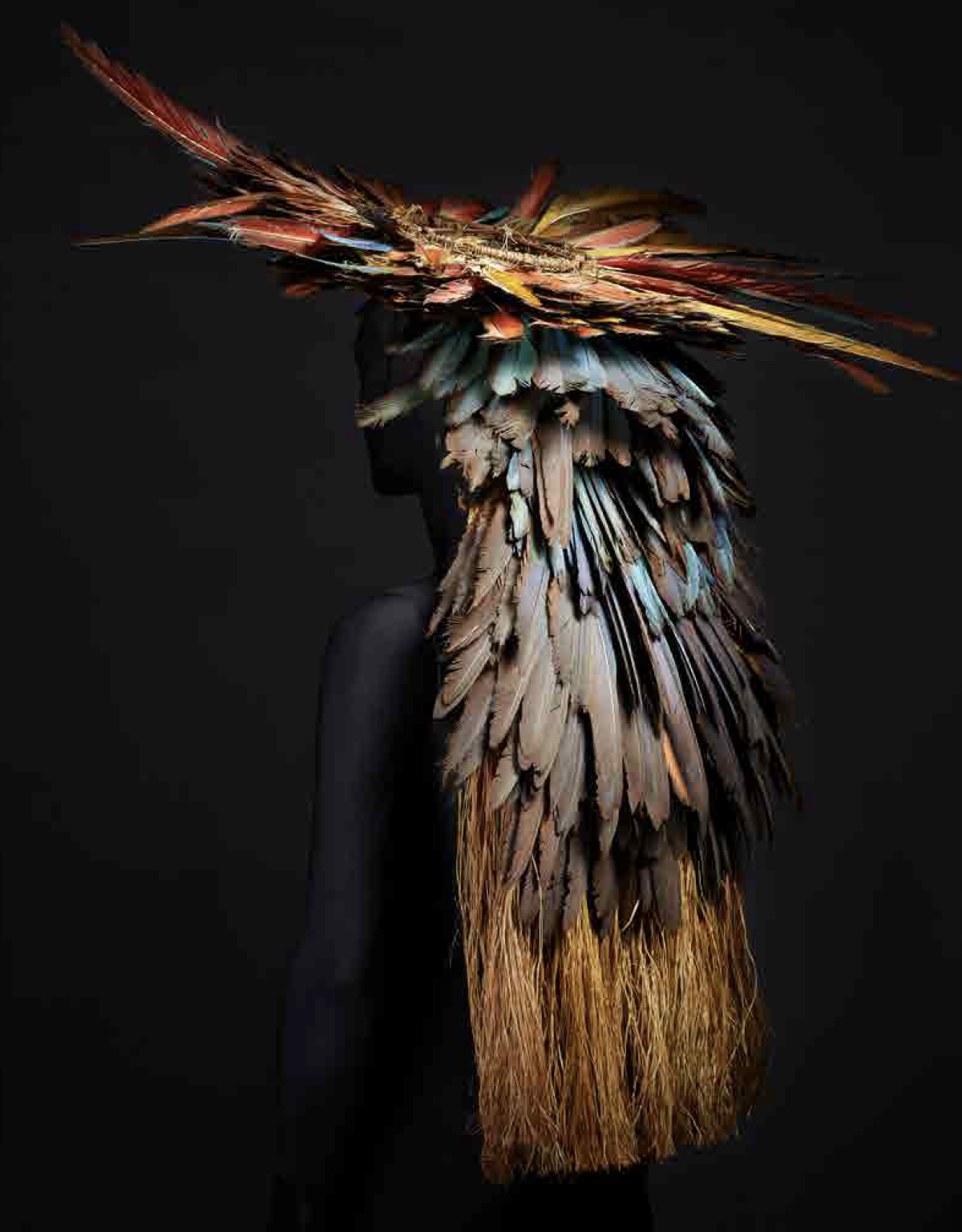
The Toucan headdress includes a neck cape with feathers of different colors. The crown hasa structure of two wooden sticks bent into a ring reinforced in the center by two other canes tied in a cross. Along its circumference, yellow, orange, red, and blue feathers are in a radiant position. A long tail of vegetable fibers and feathers with black, blue, and green shades act as a neck cover and hang from the crown.
Find out more by downloading our Wishbook
The Vatican Museums used infrared lasers to clean some of its feathered works with a techinque that, as you can see in the video, has brilliant results.
Click here to watch a short video on the laser cleaning process
A FEATHER HEADDRESSWITH CAPE AND TWO PARIKO DIADEMS
Available project
These three objects are presented as a single project in our wishbook and are on display in the Ethnological Materials Conservation and Restoration Laboratory of the Vatican Museums.
The laboratory supports the development of research initiatives in collaboration with research laboratories, museums, and international institutions dedicated to the protection of multi-material and ethnographic collections.
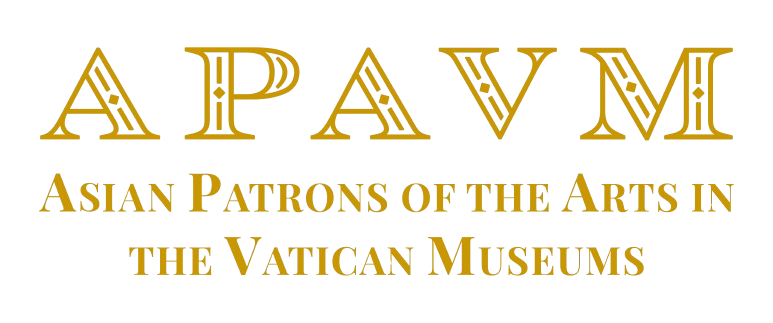

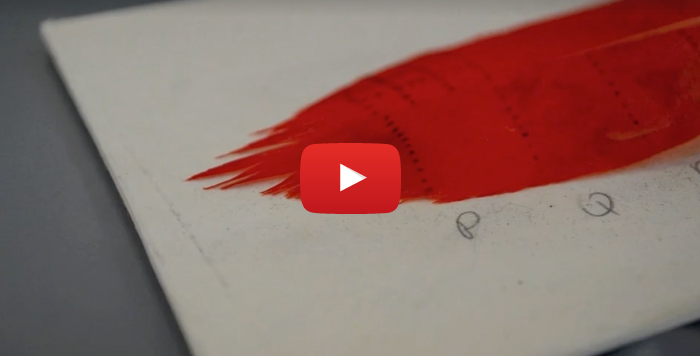
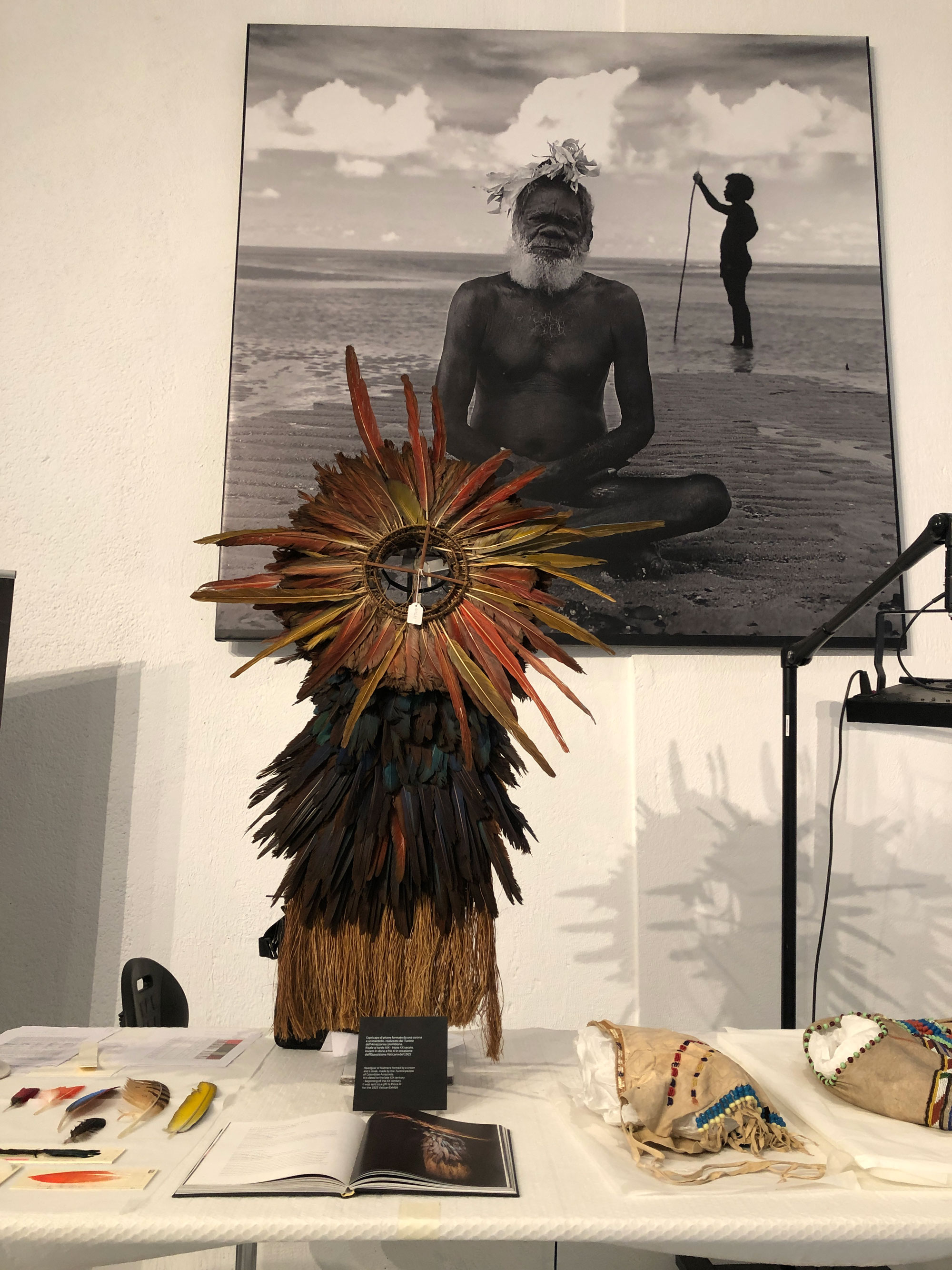
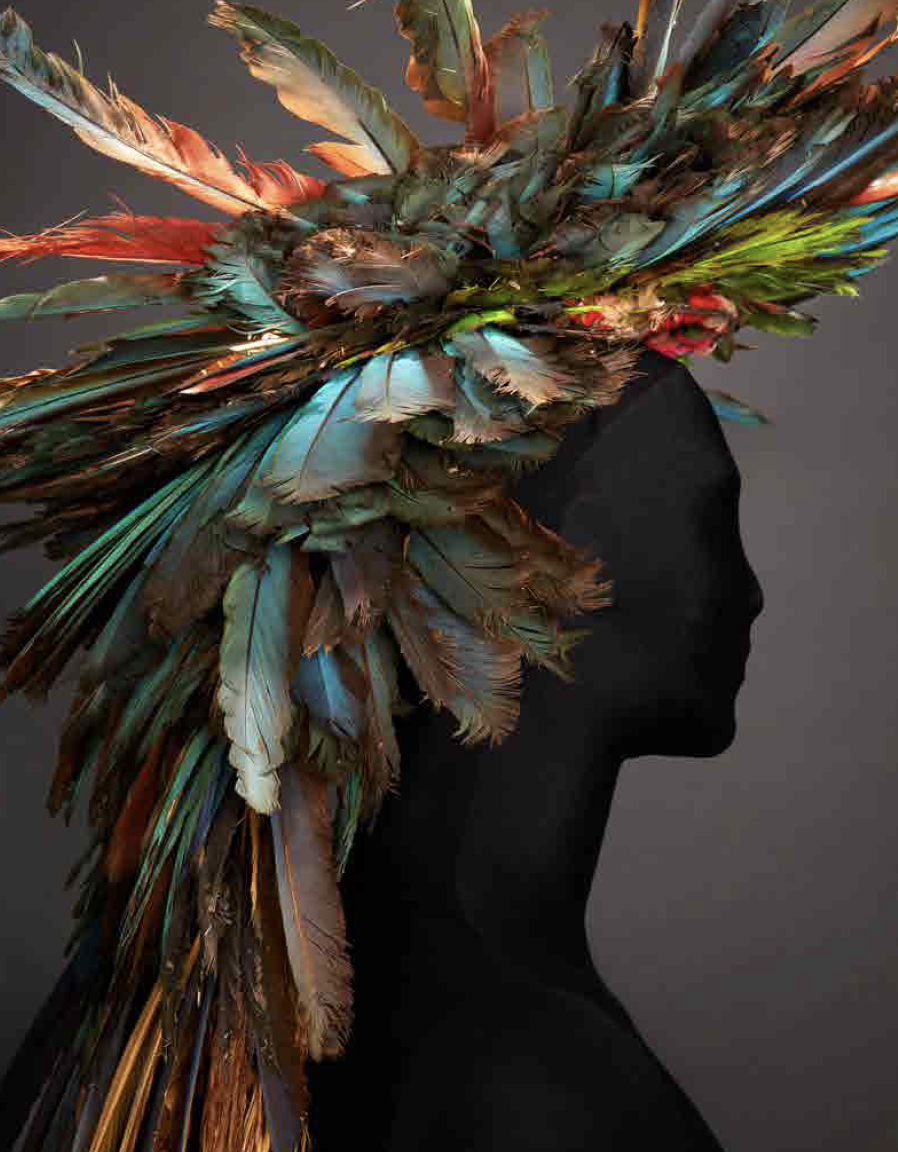


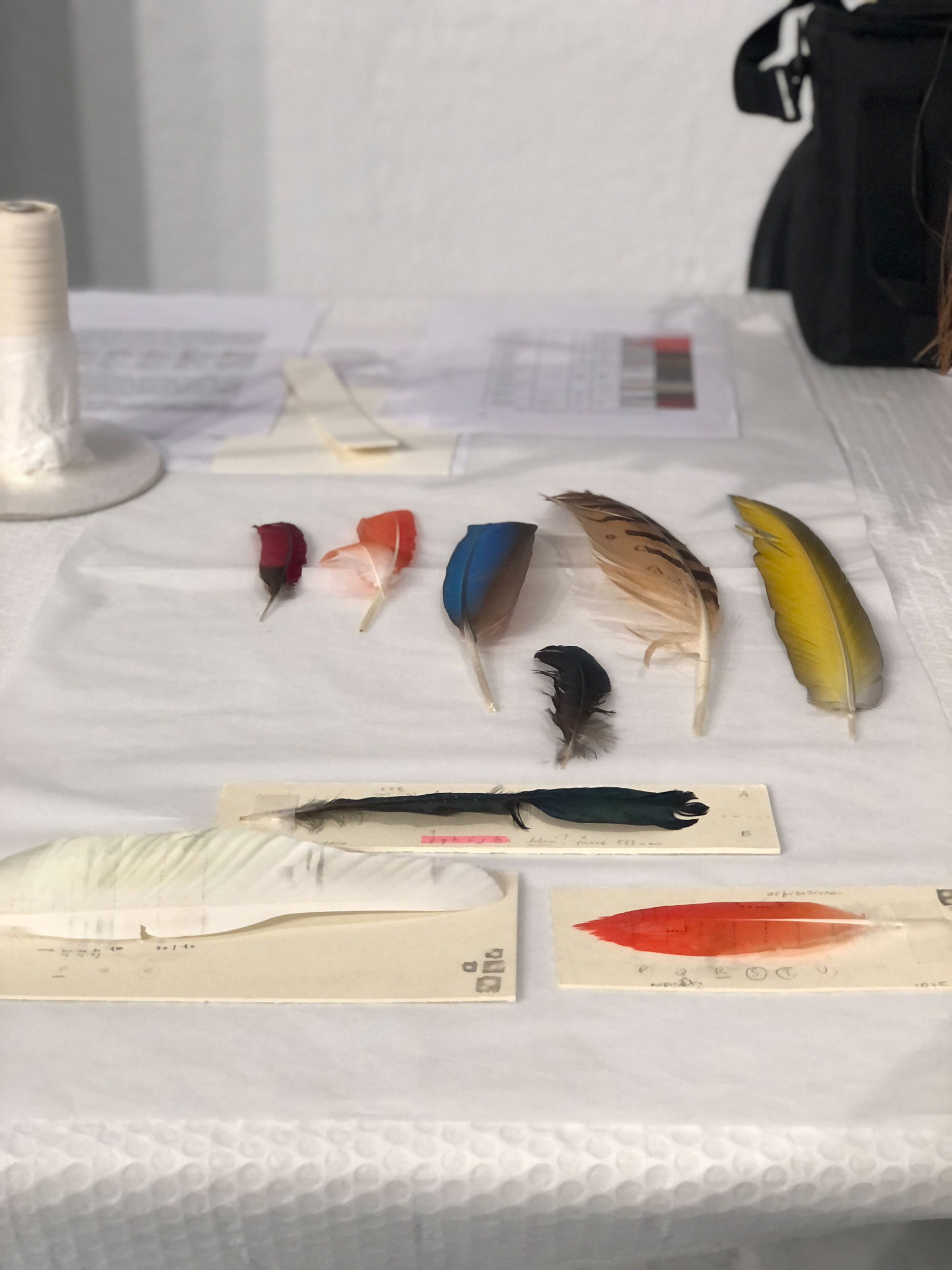 Different feathers ready to be studied.
Different feathers ready to be studied.